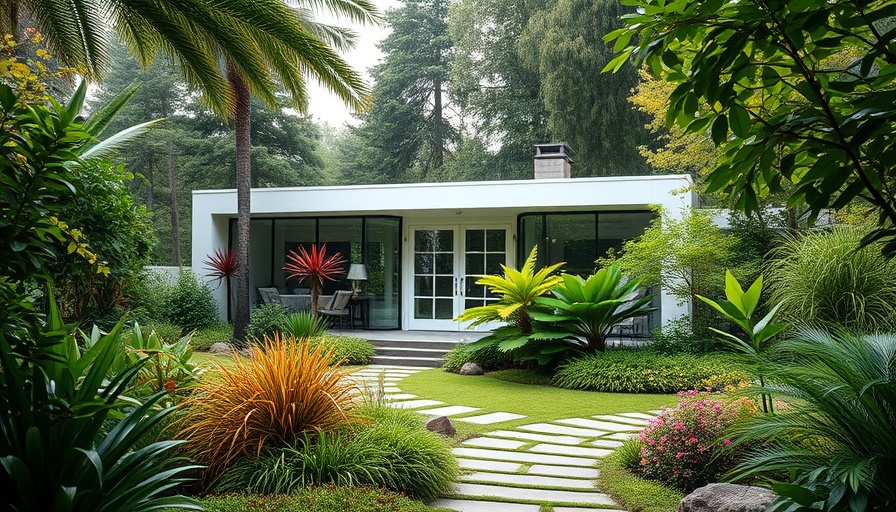
Transforming Spaces: 3 Meadow Gardens That Inspire
Gardening has always been a delightful endeavor, but the impact of creating beautiful, pollinator-friendly spaces is transforming landscapes across California. With environmental concerns on the rise, more homeowners are turning to meadow gardens, where a diverse array of native flowers supports bees, butterflies, and other vital pollinators. This article highlights three stunning before-and-after transformations of meadow gardens designed for ecological benefit and beauty.
The Beauty of Native Plants
In the heart of California, homeowners are reimagining their outdoor spaces by embracing native plants in their gardens. Native flowers not only enhance the visual appeal of a property but also play a crucial role in supporting local ecosystems. Flowers such as California poppies, milkweed, and penstemon are particularly effective at attracting pollinators while providing resilience against local climate challenges.
From Traditional to Ecological: The Case Studies
In our exploration, we delve into three remarkable case studies where traditional landscapes were transformed into vibrant meadows. Each garden was tailored to the local environment, showcasing creativity while fostering biodiversity.
- Garden 1: A suburban yard once dominated by turf grass has transformed into a colorful meadow filled with native blooms. The homeowners replaced grass with a rich tapestry of flowers that now attracts numerous pollinators.
- Garden 2: A former formal garden was re-envisioned into a naturalistic meadow using deep-rooted plants. This approach not only provided habitat for pollinators but also improved soil health.
- Garden 3: A hillside garden was retrofitted with drought-tolerant flowers that hold soil and water efficiently, proving that beauty and sustainability can coexist beautifully.
The Importance of Pollinator Gardens
Creating gardens that encourage pollinator populations has never been more essential. With studies indicating alarming declines in bee and butterfly populations, each garden serves as a sanctuary that contributes to larger ecological health. These projects also demonstrate how individual efforts can yield significant environmental benefits.
Benefits Beyond Beauty: Why Choose Meadow Gardens?
Choosing to plant a meadow garden goes beyond aesthetic pleasure. These gardens:
- Provide essential habitat and food sources for pollinators.
- Require less maintenance and promote natural soil health.
- Can help regulate local climates and reduce water consumption.
- Encourage connection to nature and enhance mental well-being.
Getting Started: Tips for a Successful Meadow Garden
For those considering a shift towards a more responsible gardening approach, here are some practical tips:
- Choose local native plants that suit your area’s climate. This ensures the garden thrives without excessive watering.
- Prepare the soil by promoting its health with compost, which also aids in plant establishment.
- Design the layout with various heights and colors to create visual interest and diverse habitats.
- Be patient; it can take a couple of seasons for a meadow garden to reach full maturity.
Conclusion: A Call to Action for Eco-Friendly Gardening
As California homeowners embrace meadow gardens, the ripple effect can positively change local ecosystems. Taking the step to plant for pollinators is an investment in both beauty and biodiversity. It’s time to envision our gardens not just as decorations, but as vital parts of the environment. Whether through a single plant or an entire meadow, every effort counts in creating a sustainable future. Explore the possibilities in your own yard today!
 Add Row
Add Row  Add
Add 




Write A Comment